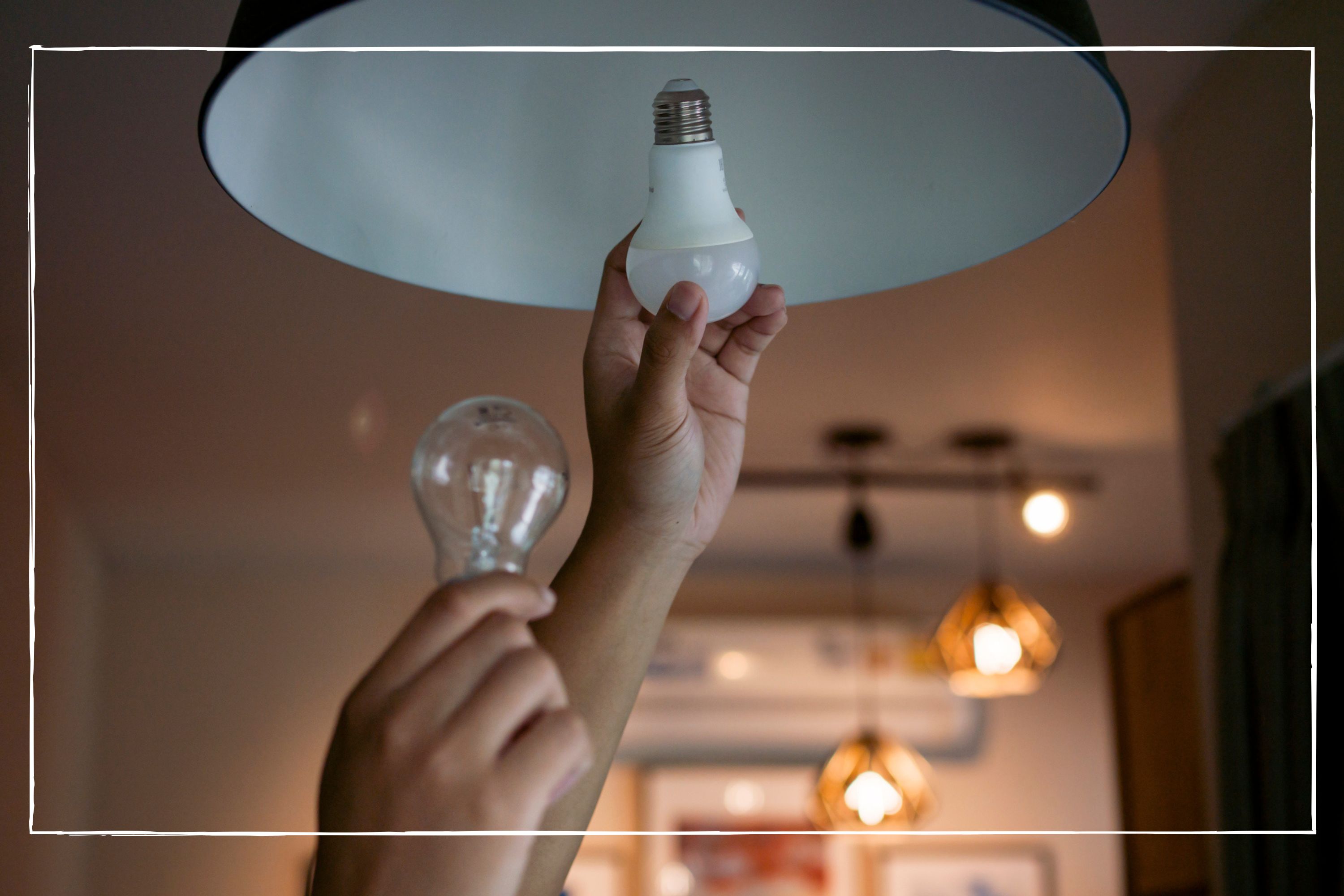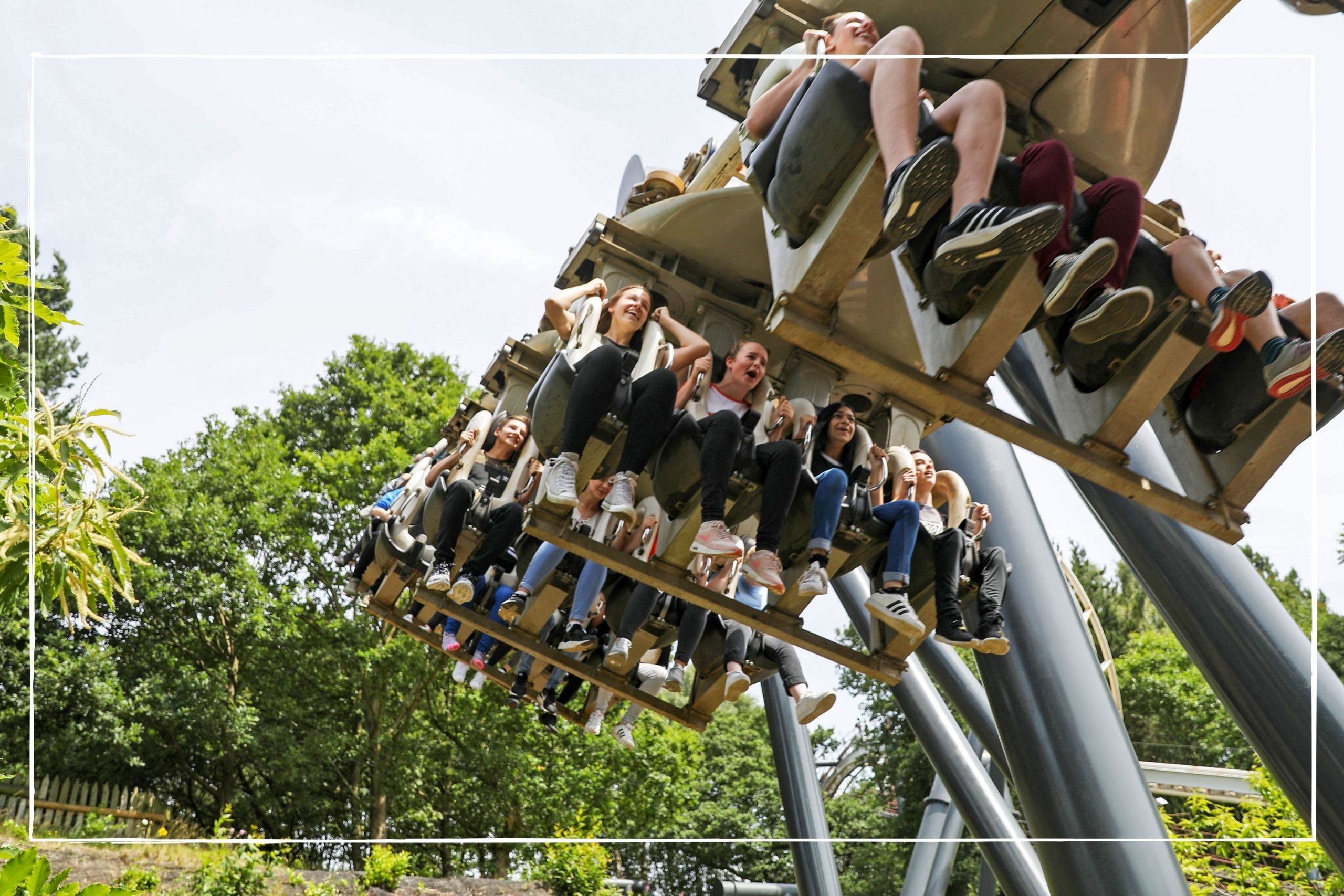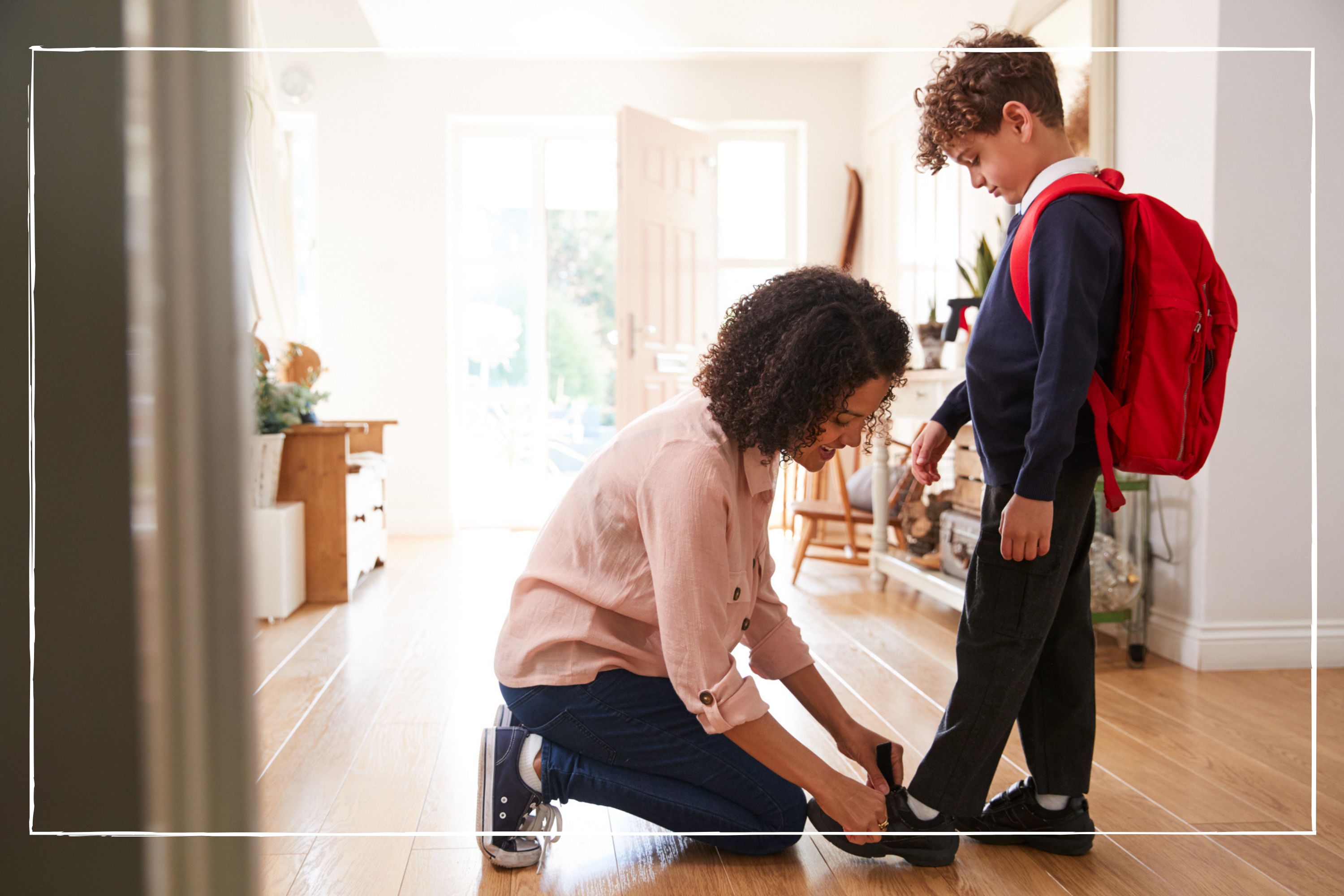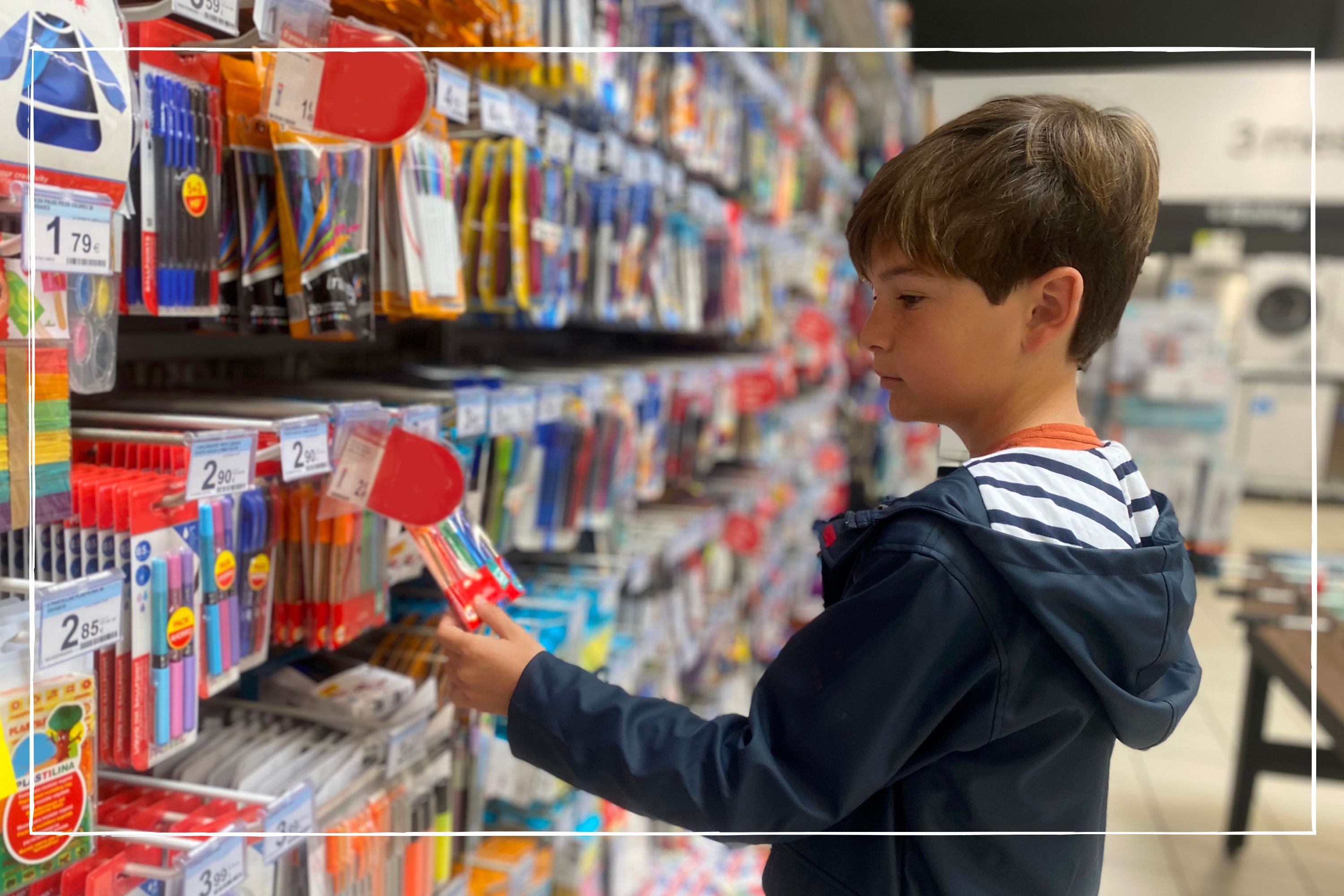This one energy mistake is costing households £150m per year - here’s how to avoid it!
More than five million households are yet to make a simple change that could cut their energy bill, according to new research. Are you one of them?

We’re still a couple of months away from the predicted drop in wholesale energy prices, so we’re still paying more than ever before for the energy we use in our homes.
Families have spent months worried about how much their energy bills will cost, even more so when the £400 energy bill support scheme came to an end in March. The warmer weather might mean we’re spending less on heating our homes, it’s still important to try to save energy where possible. And lighting is a key area where families could be paying more than they need to.
New research by energy experts Loop has highlighted that more than five million households in the UK are spending £150m more per year on their energy bills than they need to - simply by not switching old halogen lightbulbs to LED alternatives.
Switching from old, inefficient halogen lightbulbs to LED lightbulbs could save billpayers £60 per year if they switched 10 50W halogen bulbs in their homes and up to £120 a year if they switched 20.
| Number of lightbulbs in home (based on 50 watt halogen bulb) | Annual saving by switching to LED lightbulbs |
|---|---|
| 5 | £30 |
| 10 | £60 |
| 15 | £90 |
| 20 | £120 |
And according to Loop’s research, 32% of households are risking higher bills by waiting for old halogen bulbs to run out before making the switch.
Dr Steve Buckley who is Head of Data Science at Loop, says: “With lighting making up 11% of the average household electricity bill, switching to energy-saving LED light bulbs is a simple fix to make some real savings on electricity bills.
“In the past, some people have dismissed LED lights for being overly expensive or not powerful enough, but most now offer better quality than traditional bulbs and are getting cheaper all the time. Part of the appeal of LEDs is that they’re long-lasting. Some options claim a lifespan of as much as 25 to 30 years.”
GoodtoKnow Newsletter
Parenting advice, hot topics, best buys and family finance tips delivered straight to your inbox.
How do I know which lightbulb to get?
Loop's research discovered that nearly a third (30%) of Brits confess to LED confusion, admitting they don’t know which to choose, where to buy or what difference they make.
Choosing the right lightbulb comes down to a couple of key factors:
- the fitting
- and the brightness.
When it comes to the fitting, you might have a bayonet fitting (where there are little prongs on the side of the bulb base) which has a push and twist motion to fit, or an Edison fitting which is screwed into place. Some smaller lamps with much smaller bulbs might also have a push fitting. It's important you know what kind of fitting you need before replacing the bulbs with LED alternatives.
When it comes to brightness, you might have tried LED bulbs in the past and been disappointed with the low level of light, but there are now a lot of options available to suit your needs, but it can be confusing to understand which bulb to get.
We used to choose bulbs based on their wattage, which refers how much power they use, rather than their brightness. According to the Energy Saving Trust, LED bulbs are more energy efficient and have a lower wattage, so it’s best to look at their lumen value, which is an indicator of how bright the bulb is. The Energy Saving Trust also has a simple table to compare traditional wattages with lumen values of newer LED bulbs. For example, the equivalent of a traditional 60W bulb, would be an 800 lumen LED bulb.
There may be a label on your light fitting that will tell you what type of bulb to get, so do check that before buying any replacement bulbs. Alternatively, you can take your old bulb with you into a DIY store and ask what a suitable LED alternative would be - you definitely won’t be the only person asking the question!
Sarah is GoodtoKnow’s Money Editor. After Sarah graduated from University of Wales, Aberystwyth, with a degree in English and Creative Writing, she entered the world of publishing in 2007, working as a writer and digital editor on a range of titles including Real Homes, Homebuilding & Renovating, The Money Edit and more. When not writing or editing, Sarah can be found hanging out with her rockstar dog, getting opinionated about a movie or learning British Sign Language.
-
 How to save money: 28 family-friendly money-saving tips for mums and dads
How to save money: 28 family-friendly money-saving tips for mums and dadsUnderstanding how to save money is key to limiting the impact of rising costs as much as possible
By Sarah Handley Published
-
 14 hidden benefits of your Amazon Prime membership
14 hidden benefits of your Amazon Prime membershipWe reveal the less-obvious perks of a Prime membership that will help you get the most value out of your subscription fee
By Rachel Wait Published
-
 14 surprising ways to spend your Tesco Clubcard vouchers - from restaurants and cinema passes to mini breaks and Disney+
14 surprising ways to spend your Tesco Clubcard vouchers - from restaurants and cinema passes to mini breaks and Disney+Tesco Clubcard vouchers can help you cut the cost of everything from groceries and travel to days out and cinema tickets
By Heidi Scrimgeour Published
-
 How to get Disney+ for free and save up to £79.90 a year
How to get Disney+ for free and save up to £79.90 a yearEven though the streaming giant ended its free trial offering, there are still multiple ways you can get Disney+ for free for up to 12 months
By Sarah Handley Published
-
 Parents of teens who have just taken their GCSEs urged to check child benefit status ahead of August deadline
Parents of teens who have just taken their GCSEs urged to check child benefit status ahead of August deadlineWith a child benefit deadline looming, some parents could see their payments reduced or stopped altogether - here's why
By Sarah Handley Published
-
 Parents should hold off buying this back to school staple 'as close to their first day as possible', says retailer
Parents should hold off buying this back to school staple 'as close to their first day as possible', says retailerWith parents turning their attention to kitting their kids out for the new school year, research suggestions which items should be left until the last minute
By Sarah Handley Published
-
 7 ways to save on back to school essentials, as its revealed parents will spend £2.3 billion in 2024
7 ways to save on back to school essentials, as its revealed parents will spend £2.3 billion in 2024We share ways you can get your child all the bits and bobs they need for the new school year, without breaking the bank
By Sarah Handley Published
-
 What day is child benefit paid around the bank holiday? Everything parents need to know
What day is child benefit paid around the bank holiday? Everything parents need to knowKnowing which day child benefit is paid when it comes to the bank holiday can help families plan their budgets accordingly
By Sarah Handley Published